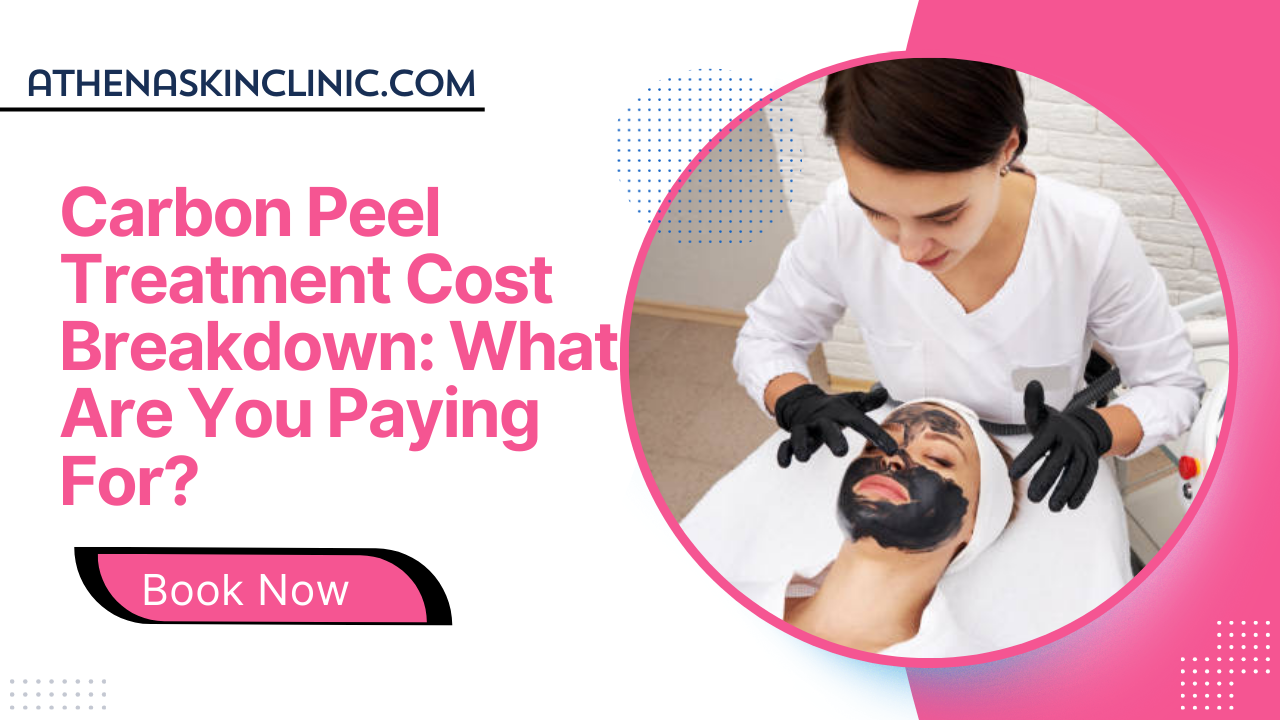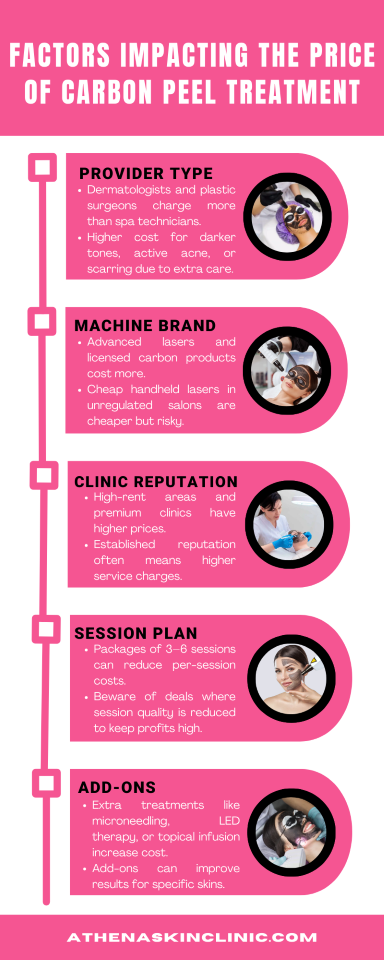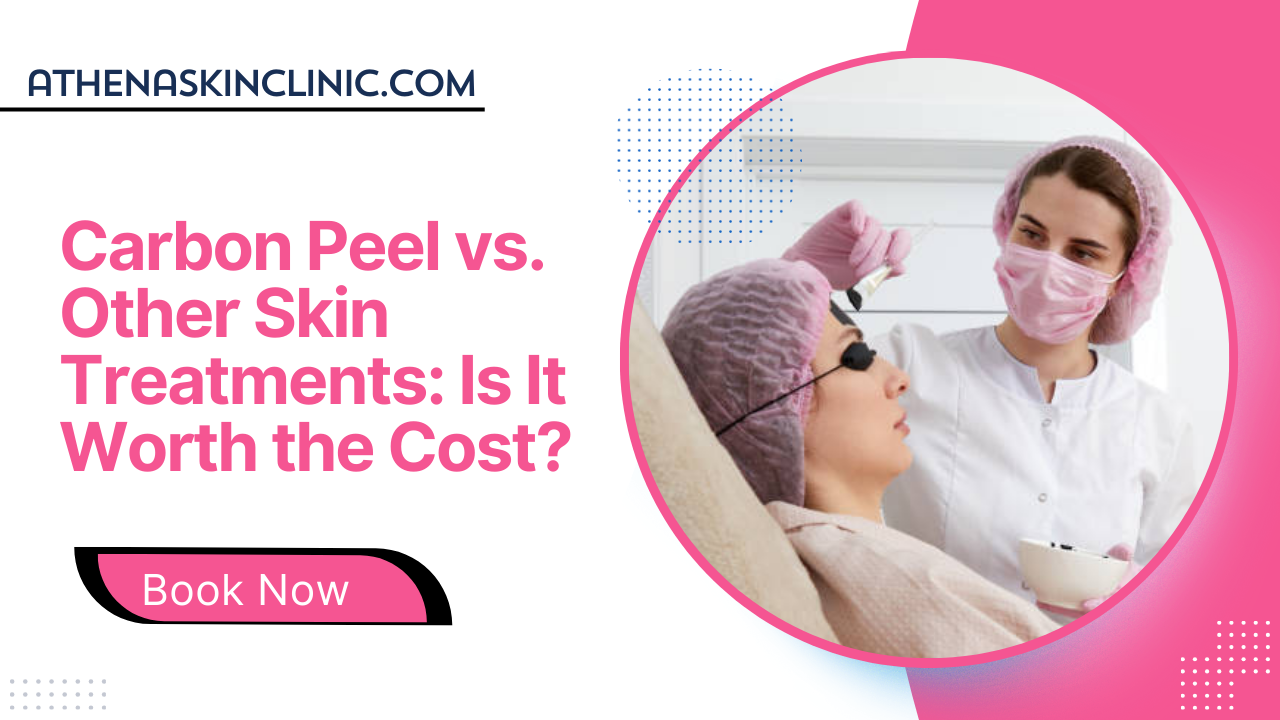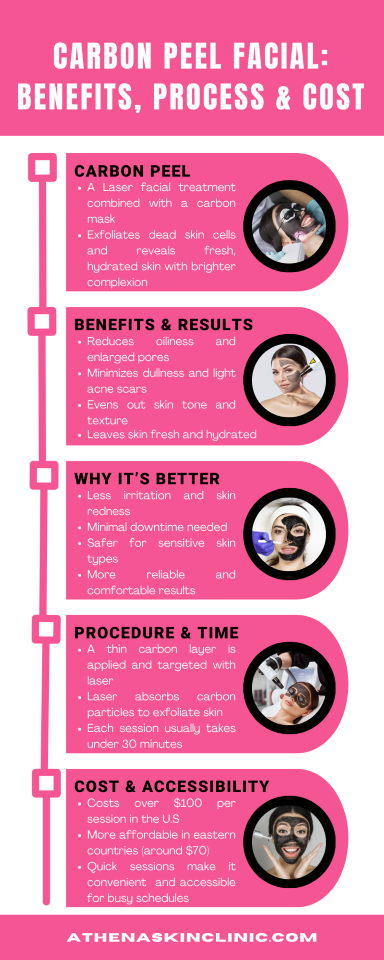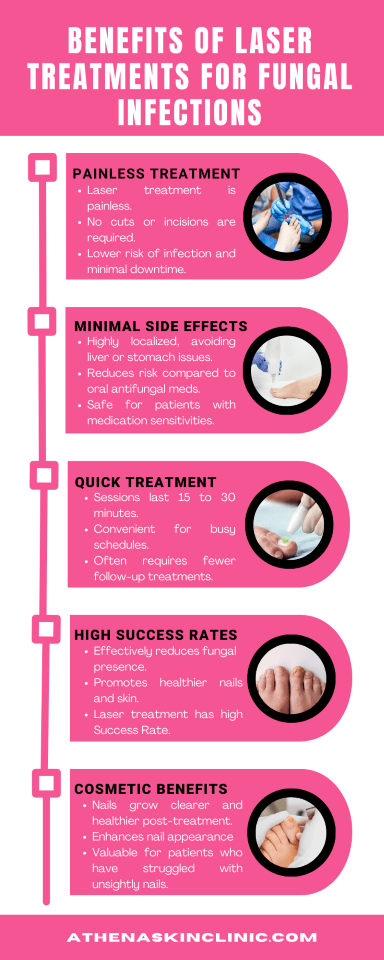Everyone wants to work successfully, earn big bucks and look like a 20-year-old who has figured out life. While technology has eased hard work and there are several shortcuts to quick success, youth is still temporary!
The good thing is that now there are so many ways to look younger. If you are interested in keeping your skin looking younger, you must have heard of carbon peel or Hollywood peel, as some call it.
This treatment promises a visibly brighter, smoother complexion, but what does it really do, and are you paying for the right facial treatment?
We will discuss carbon peel treatment and discuss the process and cost so you can make up your mind and get the skin you’ve always wanted.
What is a carbon peel?
A carbon peel is a non-invasive facial which can remove toxins and tanning elements from the skin and return its natural glow and brightness.
The treatment involves a thin black mask made of carbon. When this mask is applied to the skin, laser energy is used to break up the carbon particles and vaporize a tiny amount of superficial skin along with the carbon. As the top layer of dead cells and impurities washes away, the peel reveals fresh, glowing and bright skin.
People who have to work in the sun or are exposed to the outdoors often get an unhealthy tan that can dull their complexion. A carbon peel can restore the complexion while making the skin look healthier and cleaner.
The exfoliation reduces oiliness, improves tone and texture, and also stimulates the skin’s collagen production, making the person look younger. The procedure is popular because it’s quick, has little downtime, and can be repeated every few weeks.
The Basic Cost of Carbon Peel
The cost of a carbon peel in Chandigarh typically ranges between ₹3,000 to ₹6,000 per session, depending on the city, clinic reputation, and technology used. Premium dermatology clinics with advanced laser equipment can charge up to ₹8,000 per session.
Most dermatologists recommend 3–6 sessions for optimal results, and many clinics provide package deals that reduce the per-session cost. Factors such as the practitioner’s expertise, the type of laser used, and whether additional aftercare products are included also influence the overall pricing.
The Full Cost Breakdown
When a clinic bills you for a carbon peel, that single line item covers multiple components. Here’s what goes into the price:
- Consultation and skin assessment: The first step of a facial is the consultation and assessment. When you call in for an appointment, a dermatologist or aesthetician sees your skin and decides the number of sessions needed to return your skin to its natural look. This professional will ask about your expectations, contraindications and perform a patch test. Some practices include this in the treatment price; others charge separately.
- The carbon product: The main ingredient is the carbon lotion! The cost of the lotion depends on the number of sessions decided upon, and that means the cost with each session will increase due to the product consumption and not just the time. Licensed carbon lotions should be used, and you must ensure that the quality is worth it. Moreover, the patented preparations add cost as some dermatologists or aestheticians add other lotions to nourish the skin.
- Laser device and maintenance: The laser itself is a high-value piece of equipment. Clinics charge each patient to cover the purchase and maintenance costs across treatments.
- Operator skill and medical oversight: Treatments performed by a board-certified dermatologist or plastic surgeon command higher fees than those done by an unlicensed technician at a beauty salon. The medical setting and malpractice overhead are factored into the price.
- Facility fees and consumables: Exam room time, disposables (gloves, eye protection), cooling gels and cleansers, and utilities.
- Pre- and post-care products or prescriptions: Some clinics sell aftercare kits or medicated creams to speed recovery and protect results; these may be optional but add to your bill.
- Follow-ups and potential touch-ups: If a package includes follow-ups, that will change the up-front price; if not, follow-up sessions will cost extra.
How Many Sessions Will You Need?
If you have not gotten any prior treatment, you will notice big changes after the first treatment session only. However, the number of sessions and even the results vary with individuals.
The most common package that people get is of three to six sessions, which are spaced at a gap of two to four weeks each. Then, there is the maintenance treatment, which can be once a month.
Multiply your per-session fee by the recommended number of sessions to get a realistic total. For example, if your clinic charges ₹3,000 per session and recommends four sessions, your treatment course will be about ₹12000 without any add-ons.
Factors Impacting the Price
Here are some factors that impact the final payable for any customer:
- Provider type: Dermatologists and plastic surgeons charge more than day spa technicians. For darker tones, active acne, or scarring, the doctor might charge extra because of the level of care and caution required. Moreover, the results will be harder if there are numerous skin issues.
- Machine brand and settings: Clinics using advanced lasers and licensed carbon products will charge more, whereas a cheap handheld laser in an unregulated salon will be much cheaper, although we consider it a red flag.
- Clinic reputation and location. High-rent neighborhoods and high-end clinics pass operational costs to clients.
- Session plan and discounts. Buying a package with three to six sessions and paying upfront might reduce the cost. Be careful when signing up for such deals because many salons reduce the product quantity or duration of each session to keep their profits higher.
- Add-ons. Some providers combine carbon peels with microneedling, topical infusion, or LED therapy, and each of these adds to the total cost but may improve results for specific concerns.
Hidden costs and common surprises
Here are some steps in the process that may cause an increase in the bill.
- Patch tests or preliminary treatments: If you have sensitive or darker skin, clinics may insist on a test patch. That small visit may be billed.
- Aftercare products: A good sunscreen, barrier creams, or prescription topical agents can add ₹3000- ₹5000 to your expense.
- Downtime-related costs: Carbon peels have minimal downtime, but if you need to skip work or special events during a recovery period, it might cost you some reduction in your work schedule, causing a dip in income.
- Management of complications. Rarely, pigmentation changes or irritation require medical treatment. Make sure you understand who pays for complication management.
Any Safety Guidelines?
Carbon peels are not dangerous and have a low risk factor. However, it is crucial to consult a certified technician or doctor to ensure that they assess your skin properly and recommend the correct number of sessions.
Side effects can include temporary redness, dryness, mild flaking, and, in rare cases, pigment changes or infection if aftercare is ignored.
For darker skin types, there is a slightly higher risk of post-inflammatory hyperpigmentation, and that risk is best managed by an experienced clinician.
Choosing the cheapest provider without proper evaluation increases the odds you’ll pay later, either for corrective treatments or for products to manage side effects.
Last Thoughts: Is Carbon Peel Worth It?
A carbon peel can be a high-value option if your goals are surface brightening, oil reduction, and mild textural improvement with minimal downtime.
The real decision is whether the quoted price is paying for competent clinical oversight, a good device and product, and sensible follow-up care.
Cheap can be okay if it’s truly the same product, machine, and clinician quality, but often the difference between a satisfying, long-lasting result and a disappointing short-term boost lies in experience and aftercare.
Think in terms of a course of treatment and not a single appointment, probe what’s included, and don’t skip questions about operator credentials and device type.

